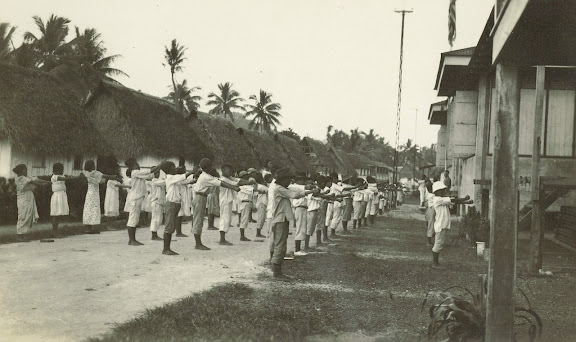Pakaka Neni Famatkilu

My time with Lulai Lumuhu is filled with dancing and singing. Desiree always said that she would pay attention to my voice while she was in the womb. When she heard others, like Sumåhi and Akli'e' she would kick and move. But when I was speaking to her she would stop and listen. Ti siguguro yu' esta på'go, kao este kumekeilekña na ya-ña i bos-hu pat ti ya-ña i bos-hu. Kao ha respepeta yu', pat kao inespåpanta? I try as much as possible to sing Chamoru songs to her, knowing that she'll hear English and other songs from just about everywhere else, she'll be hearing Chamoru from me. The song that soothes her the most is "I Puti'on." Akli'e' and I do a nice duet of the song for her to help calm her when she is cranky. Over the years I've collected several dozen Chamoru children's songs from before World War II, many of which are fragments. Songs then were different then the way we think about them now. People took tunes they liked a...








